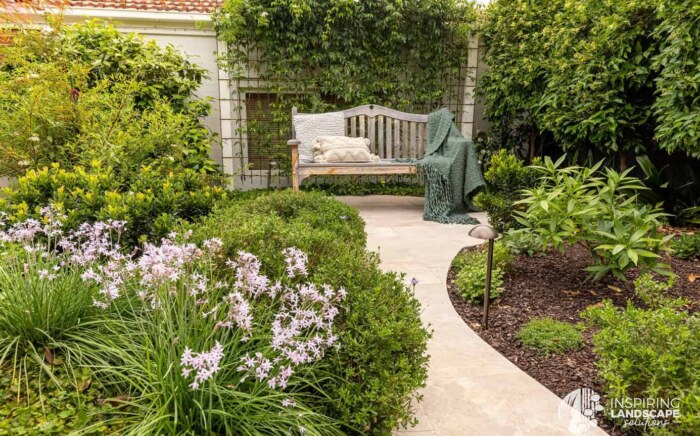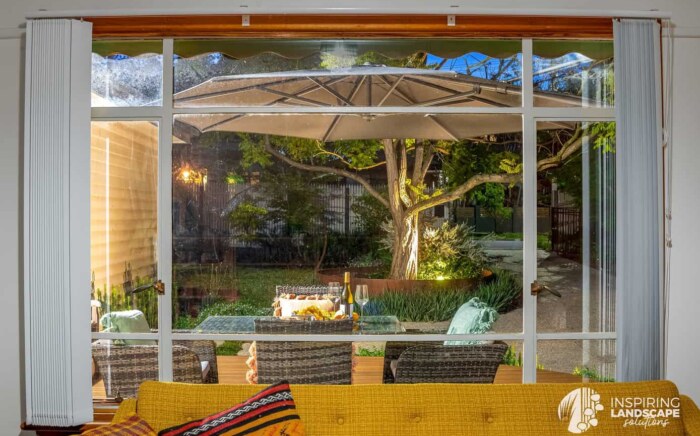A beautifully landscaped garden can transform your outdoor space into a haven of tranquillity and beauty. One often-overlooked element that can significantly affect your garden’s overall aesthetics and functionality is garden edging. Garden edging serves both practical and aesthetic purposes, defining the boundaries of different garden areas, preventing soil erosion, and enhancing the visual appeal of your outdoor space. This blog post will explore options and offer guidance on choosing the proper garden edging for your unique outdoor space.
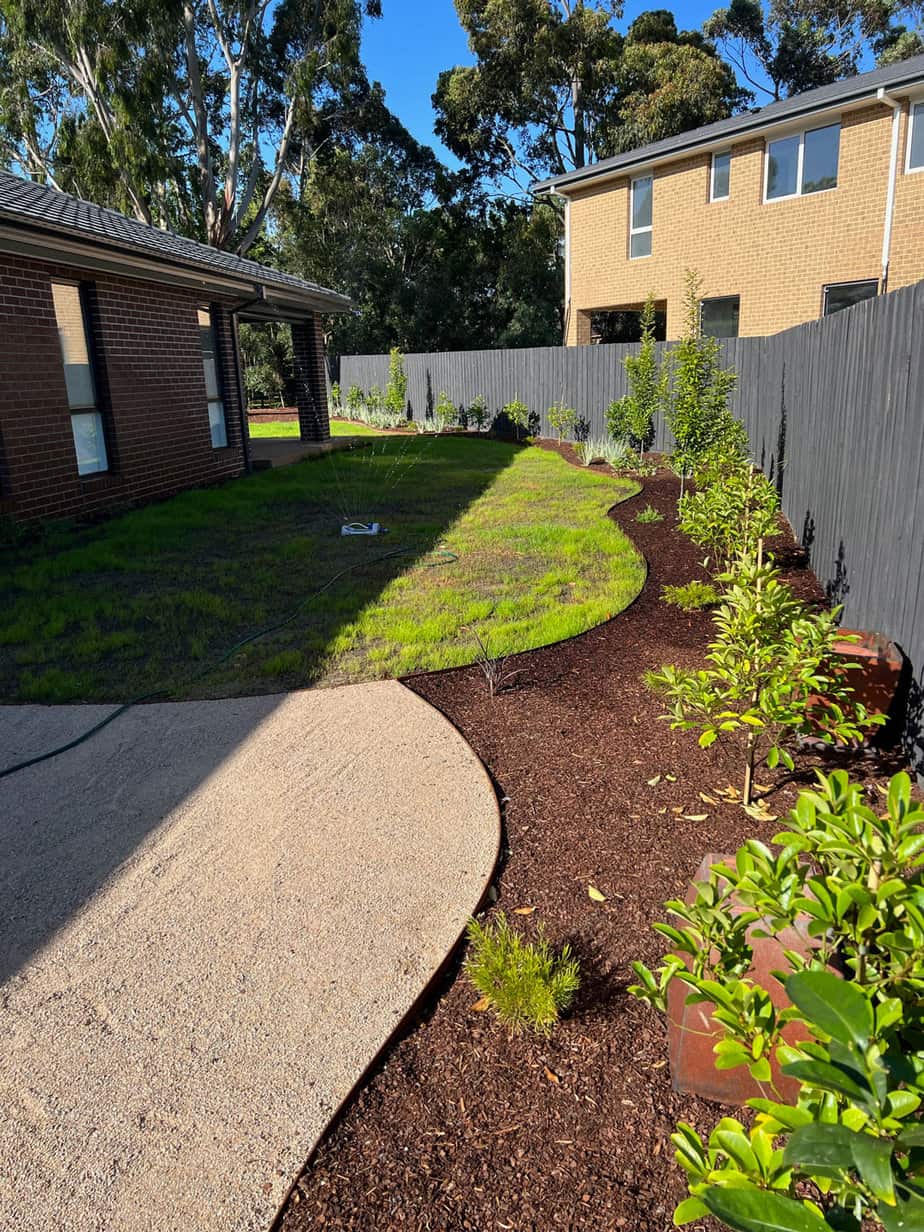
Consider Your Garden's Style
The first step in choosing the proper garden edging is considering your garden’s overall style and theme. Different edging styles can complement various garden designs, from formal and structured to natural and organic.
The overall default these days, though, is to use metal edging as that’s a material that is warranted (by the supplier for 10-15 years) and is more cost-effective than masonry, especially if you don’t want to live in a property for the long term.
However, rather than defaulting to the use of metal edging just based on pricing, it’s also good to consider what other material could suit your design aesthetic/theme. These can include:
Formal Gardens: For gardens with a structured layout, such as traditional English or French-inspired designs, consider using materials like brick, concrete pavers, stone or metal edging. These materials offer clean lines and a polished appearance that suits a more orderly garden.
Cottage Gardens: If your garden features a more relaxed and cottage-like style, use treated or recycled timber (of particular thickness), stone or wattle fencing. These options provide a rustic and charming appeal that aligns well with a cottage garden’s atmosphere.
Modern Landscapes: In contemporary or minimalist gardens, sleek and straightforward edging materials like steel or concrete are ideal. These materials offer a clean, minimalist look that complements modern landscape design. They are also easier to use to create curves in the garden.
Eclectic Gardens: If your garden is an eclectic mix of various styles and plants, consider using recyclable materials that can be shaped to match the curves and contours of your garden. I’ve seen used beer cans stacked up and used as a very effective edging, for example! Aesthetically, I’d never use plastic or rubber edging as that doesn’t add value to the garden’s overall look.
Assess Your Budget
Your budget plays a significant role in determining the type of garden edging you can choose. Garden edging materials range from affordable to luxurious, so it’s essential to establish your budget early in the decision-making process.
Some budget-friendly options include plastic, rubber, and metal edging. On the other hand, premium materials like natural stone, brick, and high-quality timber can be more expensive but may offer outstanding durability and a more sophisticated appearance.

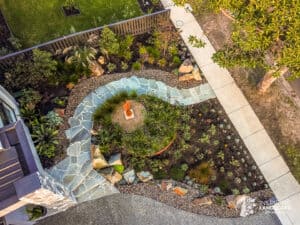
Materials and Maintenance Matter
Once you’ve determined your garden’s style, it’s time to choose the suitable material for your garden edging. Here are some popular options:
Brick: Brick edging provides a timeless and elegant look. It’s durable and can withstand harsh weather conditions. You can lay bricks flat for a clean and classic appearance or stack them for a more decorative effect.
Stone: Natural stone edging adds a rustic and earthy charm to your garden. Stones come in various shapes and sizes, allowing for creative placement. However, they can be heavy and may require professional installation.
Concrete: Concrete edging is versatile and can be moulded into various shapes and sizes. It’s durable and can be stained or painted to match your garden’s aesthetic.
Timber: Wooden garden edging is cost-effective and works well in many garden styles. It’s easy to install, and you can stain or paint it to suit your taste. However, wood may deteriorate over time and require periodic maintenance. Timber edging may need regular staining or sealing to protect it from moisture, rot, and pests. The timber needs to be treated to lengthen its lifespan, and paying attention to the thickness of the wood used is essential.
Metal: Metal edgings like steel or aluminium are sleek and modern. It’s durable (up to a general 10-15 years) and can withstand the elements but may heat up in direct sunlight. Metal edging can be low-maintenance but may require occasional rust prevention measures, depending on the type of metal used.
Plastic or Rubber: These materials are budget-friendly and easy to install. They’re flexible, making them suitable for curved garden beds. However, they may provide a different durability than other materials. Plastic edging is easy to maintain and generally requires occasional cleaning. These could have a better aesthetic, though.
Glass/Recyclable Materials: Glass edging is a unique choice for contemporary gardens. It reflects light beautifully and creates a stunning visual effect. Remember that it can be fragile and unsuitable for high-traffic areas.
Think About Functionality
Garden edging should enhance the aesthetics of your outdoor space and serve practical purposes. Consider the following functional aspects:
Lawn Edging: If you want to separate your lawn from flowerbeds or pathways, choose edging that can withstand the weight of a lawnmower without getting damaged. Metal, concrete, and plastic edging often work well for this purpose. To make lawn mowing easier, choose garden edging that creates a clear separation between the lawn and garden bed. This prevents grass from encroaching on your flowers.
Pathway Borders: For edging along garden pathways, prioritise materials that provide a clear border, ensuring that gravel or mulch doesn’t spill onto the walkway.
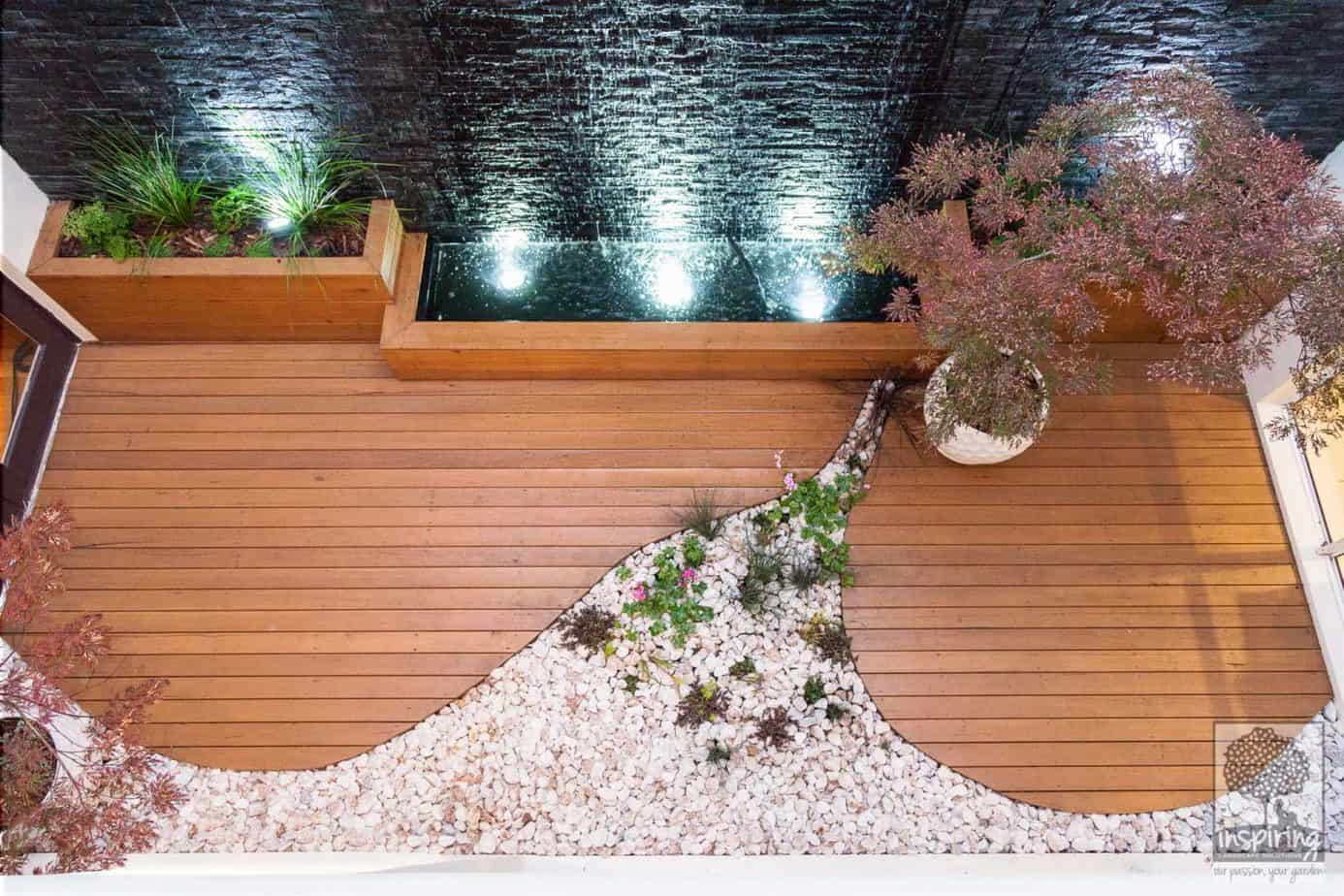
Retaining Walls: In terraced gardens or areas with sloping terrain, retaining walls made of stone or concrete can serve as both garden edging and structural support. Edging can help direct water flow in your garden. Consider how water drains in your outdoor space and choose edging that supports proper drainage.
Weed Control: Effective garden edging helps keep weeds at bay by forming a barrier between your garden and the surrounding soil. Look for options with deep installation to prevent weeds from creeping in.
Safety: In high-traffic areas, select edging that sits flush with the ground to reduce the risk of tripping.
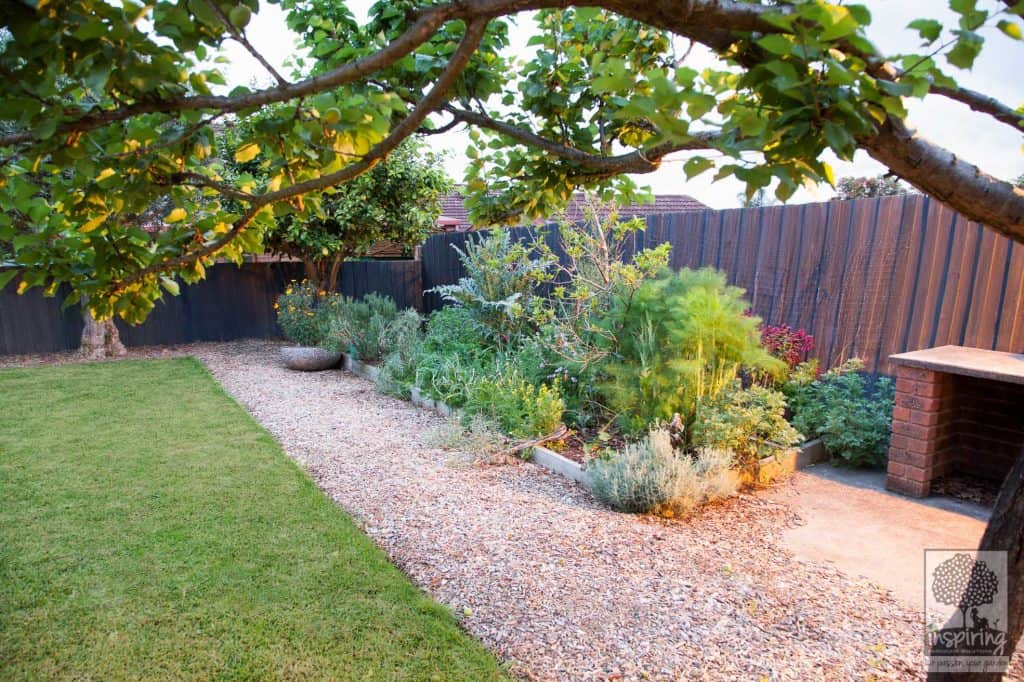
Eco-Friendly Options
As mentioned above, several eco-friendly garden edging options are available for environmentally-conscious gardeners. These include recycled plastic edging, reclaimed timber, and natural stone sourced locally to reduce carbon emissions from transportation.
Using absorbent materials like gravel or crushed shells can promote water infiltration and minimise runoff, benefiting your garden and the environment.
Installation and Flexibility
Consider your DIY skills and the ease of installation when choosing garden edging. Some materials, like plastic or rubber, are easy to install with minimal tools and expertise. Others, such as natural stone or brick, may require professional installation due to their weight and complexity.
Moreover, think about the flexibility of your chosen edging material; some can be curved to create unique shapes, while others are better suited for straight lines and right angles.
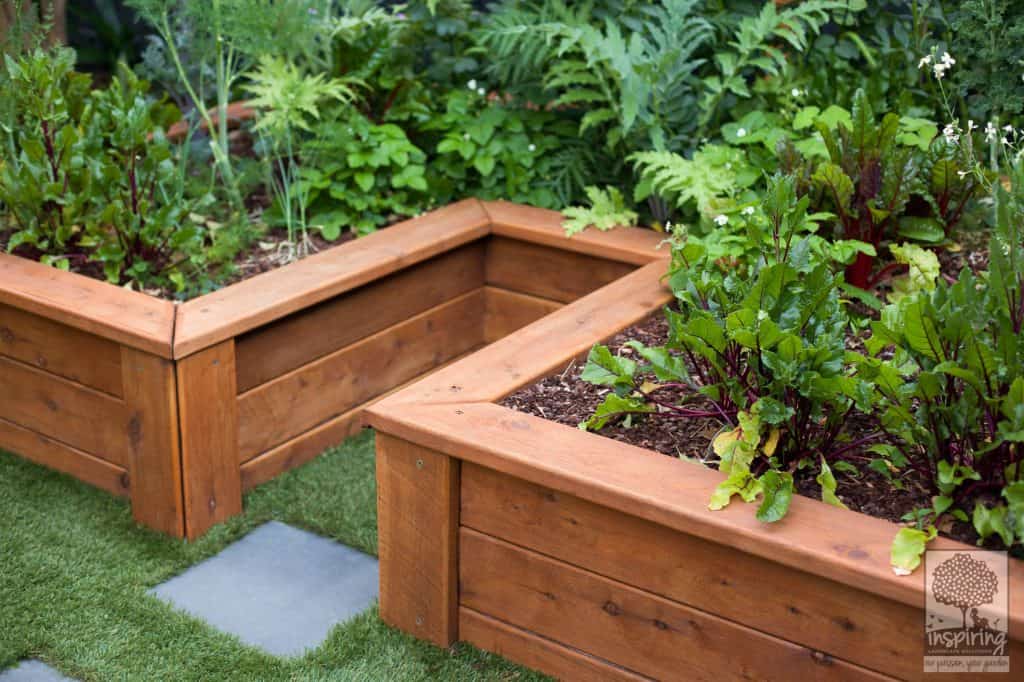
Choosing suitable garden edging for your outdoor space is crucial in creating a beautiful and functional garden. Consider your garden’s style, the materials that best suit your needs, and the practical aspects of edging. With careful consideration, you can enhance the overall appeal of your garden while making maintenance tasks more manageable. Whether you opt for the timeless elegance of brick or the modern simplicity of metal, the proper garden edging will elevate your outdoor oasis.

